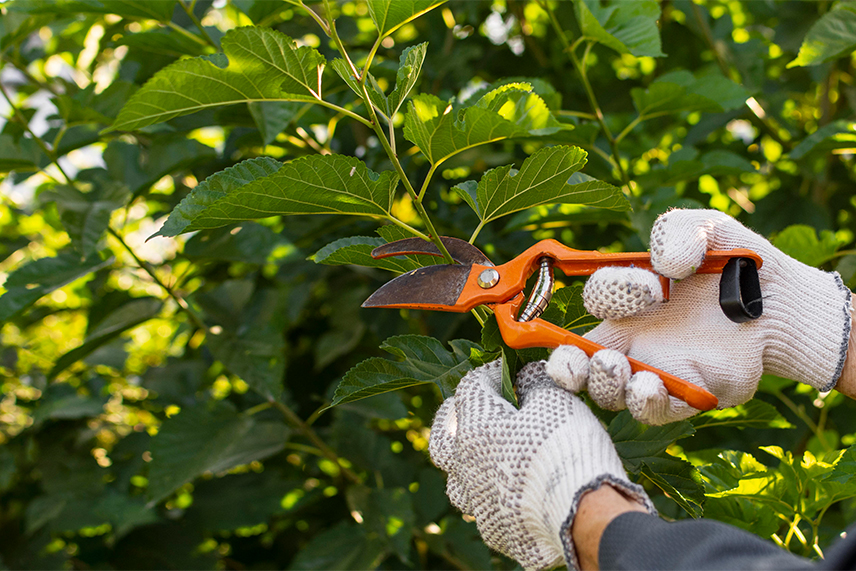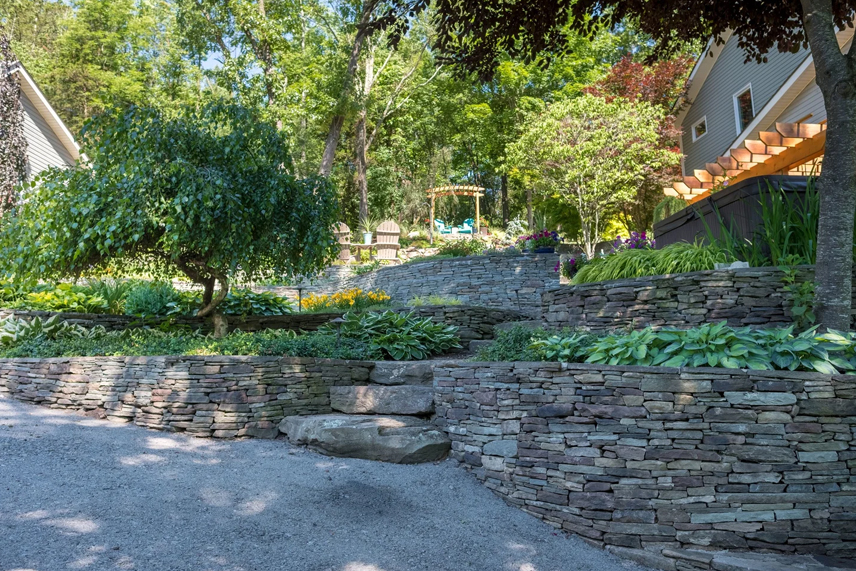
If you’ve got trees in your yard, you already know they add a lot more than shade. They frame your house, boost curb appeal, give birds a home, and in some ways, they make the whole place feel alive. But here’s the catch: trees don’t take care of themselves. Just like the rest of your property, they need attention, and not just once in a while. Every season throws something different at them. So if you’ve ever wondered when to water more, when to prune, or when to leave things alone, this guide will walk you through it season by season.
Spring is when everything kicks back into gear. After months of cold and quiet, trees push out buds, leaves, and new shoots. That fresh green is beautiful, but it’s also a signal: time to check in. Start by walking around your yard. Look for any branches that didn’t survive the winter dead, cracked, or hanging in a way that looks risky. Get those cleaned up early. Pruning is smart in spring too, especially before growth really takes off. Just don’t go overboard. Cut what’s dead or clearly weak, and let the rest do its thing.
When summer hits, trees are busy. They’re working hard producing shade, fruit, flowers whatever type you’ve got. But long, hot days take a toll. Water is the number one thing. Rain might seem like it’s enough, but in many areas, it isn’t. Deep watering once or twice a week is better than a little sprinkle every day. That way, roots grow deeper instead of staying shallow. Summer is also when pests show up. If you notice odd spots on leaves, sticky residue, or chewed-up edges, don’t ignore it. Those little problems can spread fast.
Fall feels like clean-up season, and in many ways it is. The colors are beautiful, but those leaves pile up quickly. If you let them sit, you’re basically giving pests and fungi a warm blanket for winter. Better to rake, mulch, or compost them. It’s also the right time for some last-minute pruning. Clear away weak or crossing branches so winter storms don’t snap them off.
Winter looks like a time when nothing happens. Trees drop their leaves and look like they’re sleeping, which they are, but that doesn’t mean you can forget about them. Protect young trunks with wraps to prevent frost cracks or damage from hungry animals. Heavy snow can bend branches brush it off gently, but never try to break ice loose. That almost always does more harm than good. Believe it or not, winter is a great time for pruning many tree species. With no leaves in the way, you can see the structure clearly. Plus, pests and diseases are less active in the cold.
Some people think trees can just take care of themselves. And sure, wild forests don’t get trimmed or watered by people. But a backyard isn’t a forest. Trees on your property face stress from compacted soil, construction, pests, and storms. If you ignore them, they can become hazards, falling limbs, weakened roots, or diseases that spread to other plants.





